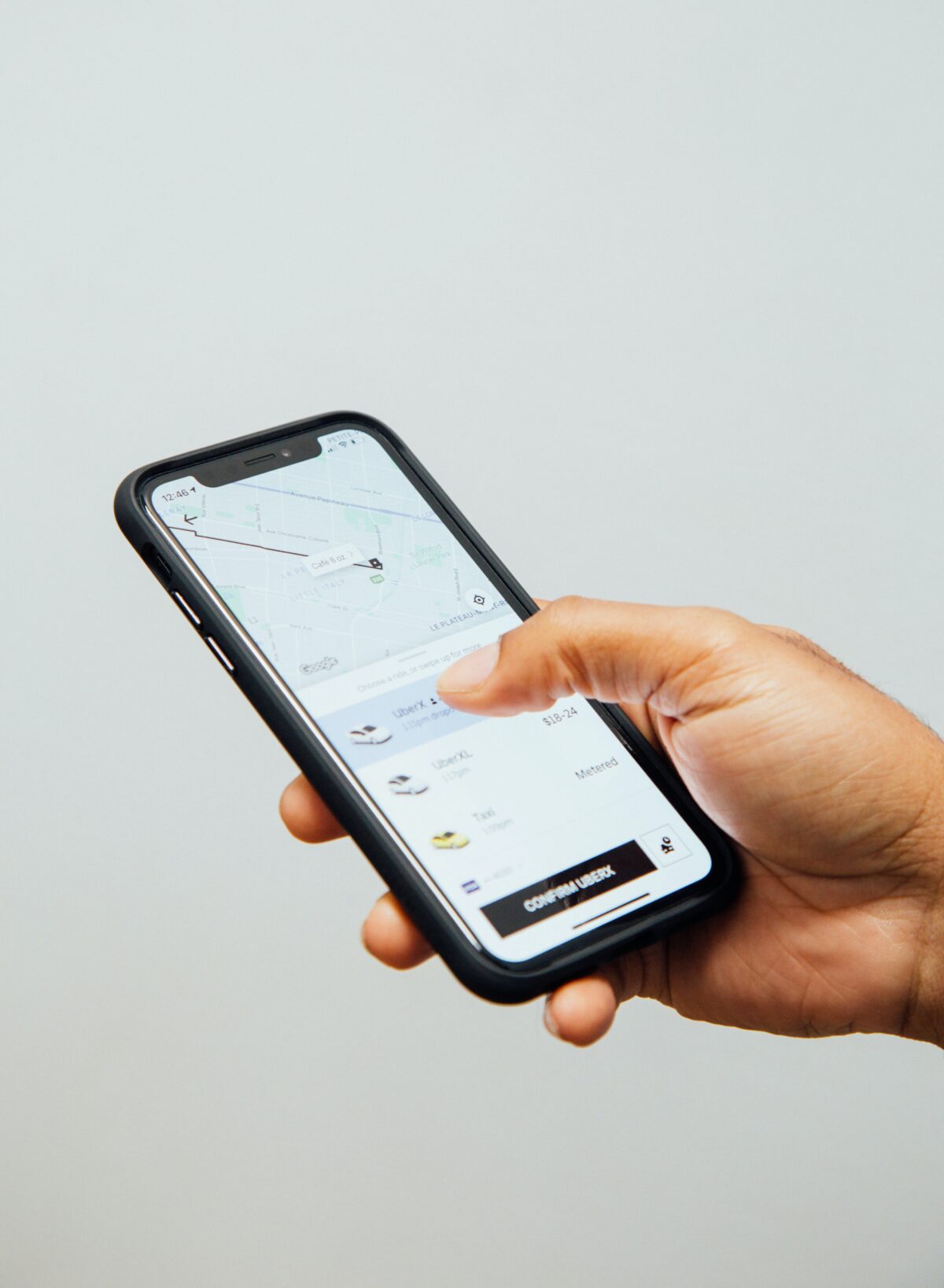The extinction of animal species all over the world is a problem that continues to grow. There are over 500 species that are likely to become extinct in the coming 20 years (Nuwer, 2020). A few of the main reasons for the endangerment of species include climate change, overpopulation and poaching. Due to the effect of COVID-19 on tourism in Africa, poaching has become an even more substantial problem nowadays. Specifically, due to fewer tourists and guides in the nature parks, less income is generated for the inhabitants of Africa, leading to an increase in poverty. Moreover, the effect is notable in the poaching business, where more and more elephants and rhinos are being killed for their ivory (Newburger, 2020).
However the Internet of Things (IoT) may provide a solution that could decrease poaching. In specific, with the help of the Internet of Things smart parks can be created. These are wildlife parks that have implemented smart sensors in the parks. Smart sensors are a simple and cost effective technology that can improve the security of the endangered animal species (Smartparks, 2020).
An example that can be analyzed is the case of the nature and smart park Mkomazi, located in Tanzania. Mkomazi was one of the first wildlife parks that successfully implemented smart sensors in the park. Over the past few years, the technology of smart sensors has been implemented in multiple other wildlife parks and countries. The goals of the smart parks were to expand the security in the parks for the people and wildlife by creating situational awareness. Furthermore, smart parks aim to efficiently improve the parks operations (Smartparks, 2020).
The smart sensors work mainly on solar power, as there is not always full internet coverage within the stretched out parks. The sensors collect real time data. For instance, by implementing smart sensors into the horns of the endangered species of black rhinos, the sensors provide the ability to accurately monitor the hourly whereabouts of the animals (Smartparks, 2020). As the nature park stretches out to 3,500 square feet, it is difficult to track the whereabouts without these sensors. Smart sensors may help in keeping the rhinos safe from possible poachers.
Furthermore, the sensors are used for vehicle tracking and ranger tracking by implementing the sensors into vehicles. Additionally, the sensors help with intrusion detection and electric fence monitoring. The smart sensors help track all the movements going on in the park accurately. The park is currently looking into new options to implement the sensors by creating camera traps for poachers and the use of sensors in tracking equipment, for example the parks firearms (Smartparks. 2020).
However, an important aspect to consider is that the technology of smart sensoring may also improve the security of the parks, and decrease the killings of the animals. Smart sensors provide a solution to control the problem of poaching for ivory. Nevertheless, implementing these measures will only maintain the problem, but not entirely solve the problem. The problem of poaching unfortunately continues to grow, due to the lasting demand and high price of ivory.
References list
Newburger., E. (2020). ´Filthy bloody business´ poachers kill more animals as coronavirus crushes tourism to africa. [Online] Accessed by: https://www.cnbc.com/2020/04/24/coronavirus-poachers-kill-more-animals-as-tourism-to-africa-plummets.html
Nuwer., R. (2020). Extinction is not inevitable. These species were saved. [Online] Accessed by: https://www.nytimes.com/2020/09/12/science/extinction-species-conservation.html
Smartparks, (2020). Smart park Mkomazi, Tanzania. [Online] Accessed by: https://www.smartparks.org/projects/smart-park-mkomazi-tanzania/


